Debunking myths about space science with Astro Pi impact evidence
The European Astro Pi Challenge is a collaboration between ESA, the national European Space Education Resource Offices, and the Raspberry Pi Foundation. The 2025/26 challenge, which is currently open for registration, marks 10 years of incredible opportunities for young people to send their code into space.
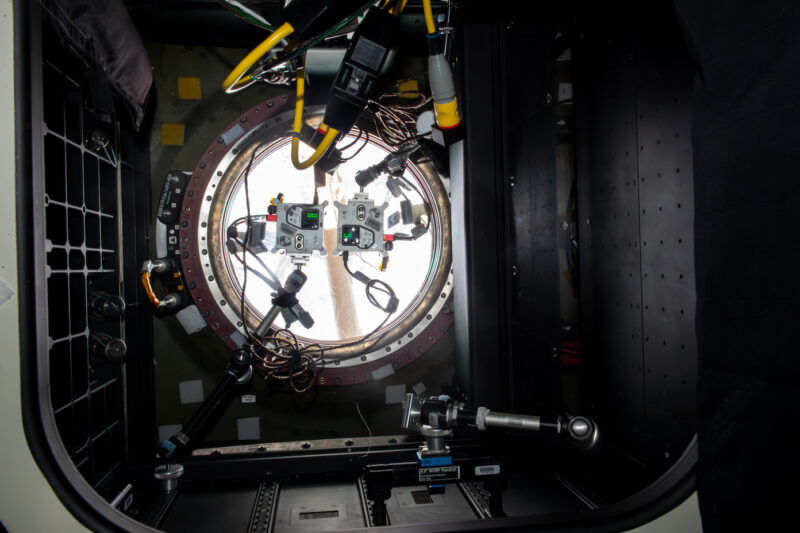
In this blog post, we are pleased to share the Astro Pi 2024/25 impact report, where we look at ways in which the Astro Pi Challenge is bringing value to the lives of many young people and mentors, based on survey responses and interviews. Along the way, we’ll debunk some myths about space science.
How Astro Pi makes space science accessible
Here at the Raspberry Pi Foundation, we’ve heard a few myths about space science and coding, and how daunting it can be to write a computer program, let alone one that can run in space. We can’t let these myths stand — instead we’re going to debunk them, equipped with evidence we’ve collected about the 2024/25 Astro Pi Challenge and previous challenge rounds.
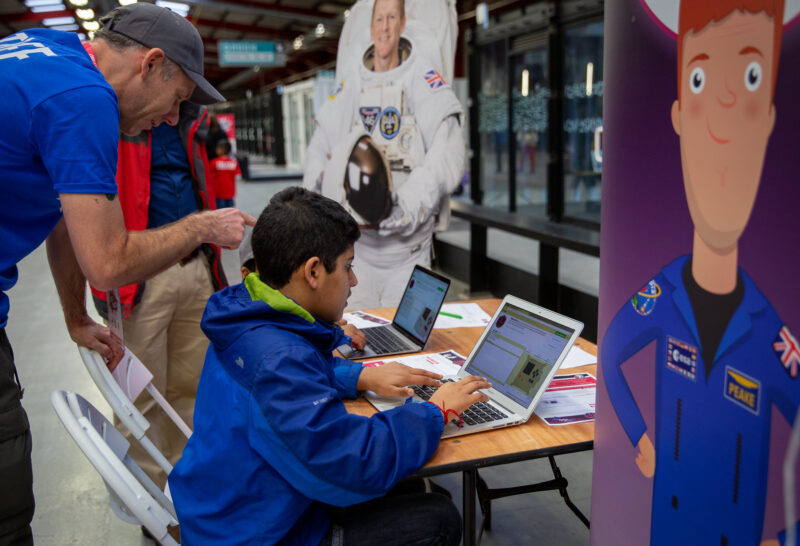
Read on for some astronomical facts from our latest impact report, and get ready to help young people in your community send their code into space.
Myth 1: You have to be a rocket scientist to send things into space
Not true! In the Astro Pi Challenge 2024/25, young people created over 17,800 computer programs that ran on board the International Space Station (ISS). Teams of young people aged between 8 and 19 took part in the challenge in a range of settings, including schools, Code Clubs, libraries, and community youth groups. They wrote short programs in Python, which were then sent to run on special Raspberry Pi computers, called Astro Pis, in the Columbus module of the ISS.
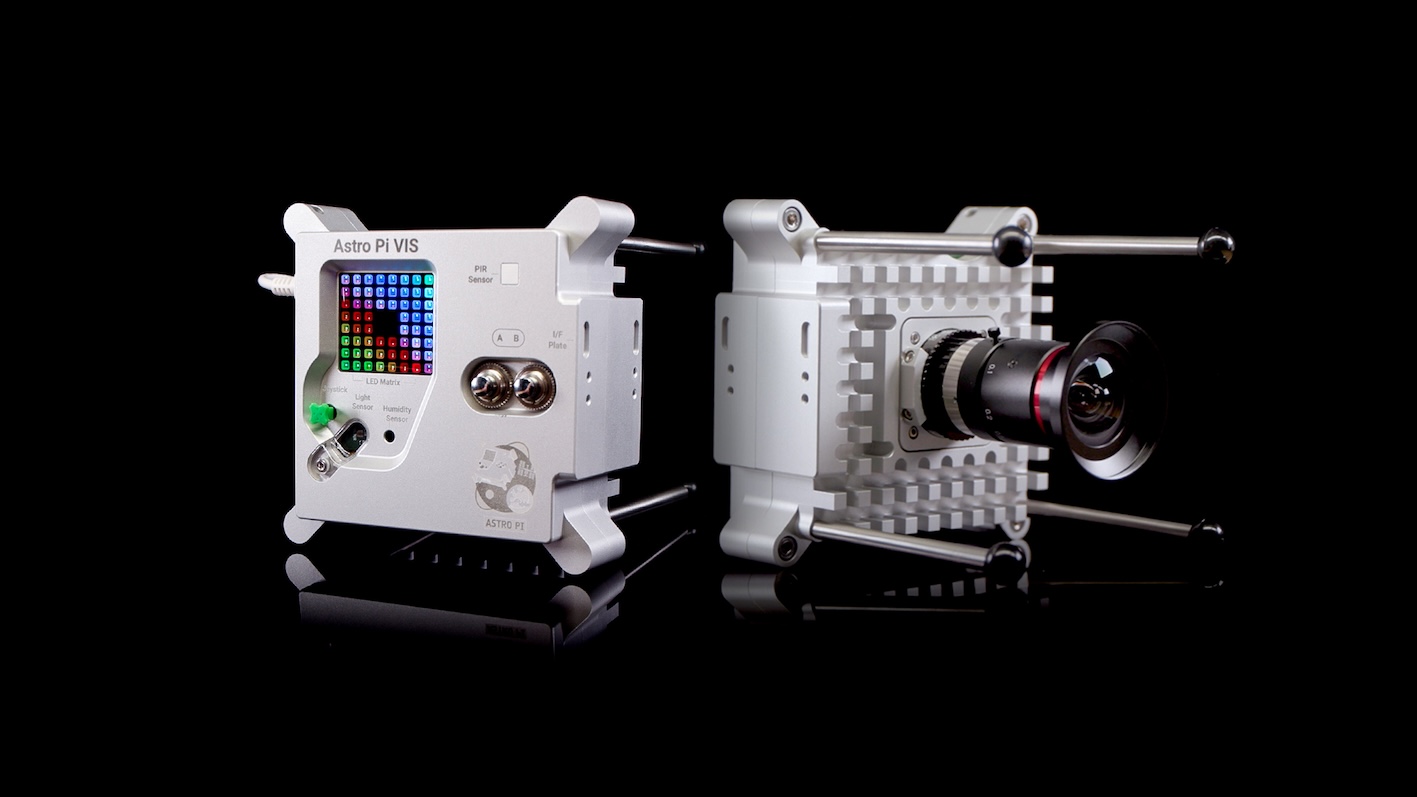
Since the first Astro Pis arrived on the ISS in 2015, over 160,000 young people have had their code run in space. To celebrate their achievements, they each received certificates with the exact time and location of the ISS when their programs ran.
“We want our code to run in space! We are fascinated by discovery and the opportunity to contribute to a real science experiment on the ISS.” – Mission Space Lab mentor
Myth 2: Only experienced programmers can write code for the International Space Station
Not true! The Astro Pi Challenge is made up of two missions, Mission Zero and Mission Space Lab, and Mission Zero is perfect for young people who are new to text-based coding. With the help of step-by-step project instructions, young people write a short Python program to display personalised pixel art on board the ISS, using data from a sensor on one of the Astro Pi computers in their image.
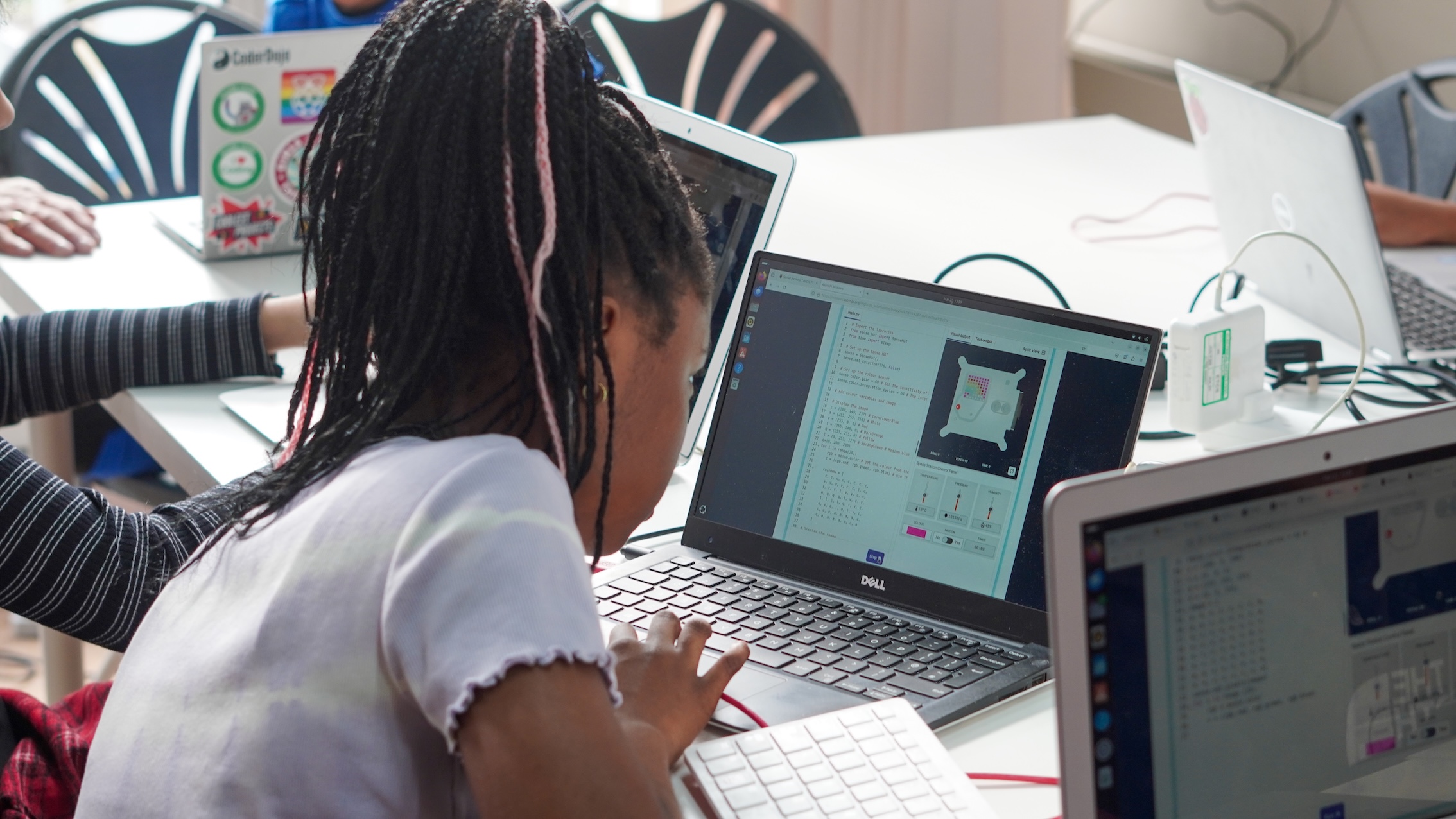
In fact, Mission Zero mentors find that the low-stakes nature of the activity coupled with the real-world connection to space create an ideal learning environment. 83% of Mission Zero 2024/25 mentors told us that participation increased young people’s skills and confidence in computing and digital making, and 78% believed that young people were likely to participate in other computing or digital making challenges in the future.
“They [young people] come from complicated environments and sometimes their confidence is very low. They don’t believe in themselves and this [Mission Zero] really empowers them.” – Mission Zero mentor
Myth 3: Learning to write code for the ISS only involves technical skills
Not true! Mission Zero engages young people in thinking creatively as they plan their artwork, and Mission Space Lab involves working in teams to write a computer program to solve a scientific task in space, combining teamwork, problem-solving, and knowledge from other scientific domains. While 100% of mentors whose teams successfully completed Mission Space Lab in 2024/25 agreed that participation improved young people’s skills in computing and digital making, 91% also confirmed that it increased young people’s confidence in these areas, and 91% told us that it increased young people’s understanding of STEM concepts.
The impact likely goes beyond building skills. Mentors from both Astro Pi 2024/25 missions told us that the challenge made young people feel connected to a wider community of learners around the world, and the excitement of the challenge also extended to the mentors themselves, as well as other adults in their community.
“Mission Zero is a way of connecting not only to a worldwide group of learners, but also to explorers, future scientists, and future astronauts. To see them as part of a larger community and not just an activity or assignment that they have to do in class.” – Mission Zero mentor

Thank you to everyone who continues to make the Astro Pi Challenge a success. To find out more about the ways in which the challenge impacts young people, read the full Astro Pi 2024/25 impact report:
If you would like to find out more about how you and your creators can participate in this year’s European Astro Pi Challenge, read our launch blog post.

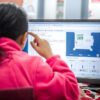

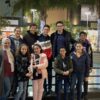
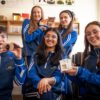


1 comment
Jump to the comment form
Jeanna
Honestly, the idea that a kid can send their own code to space is just mind-blowing. It really makes you rethink what “possible” even means.